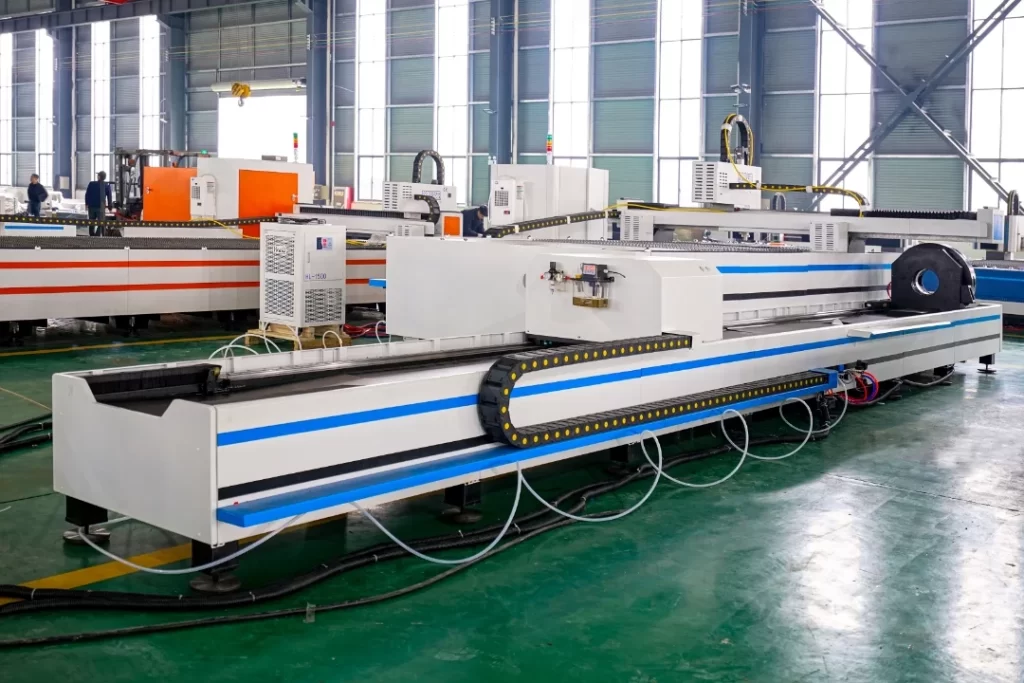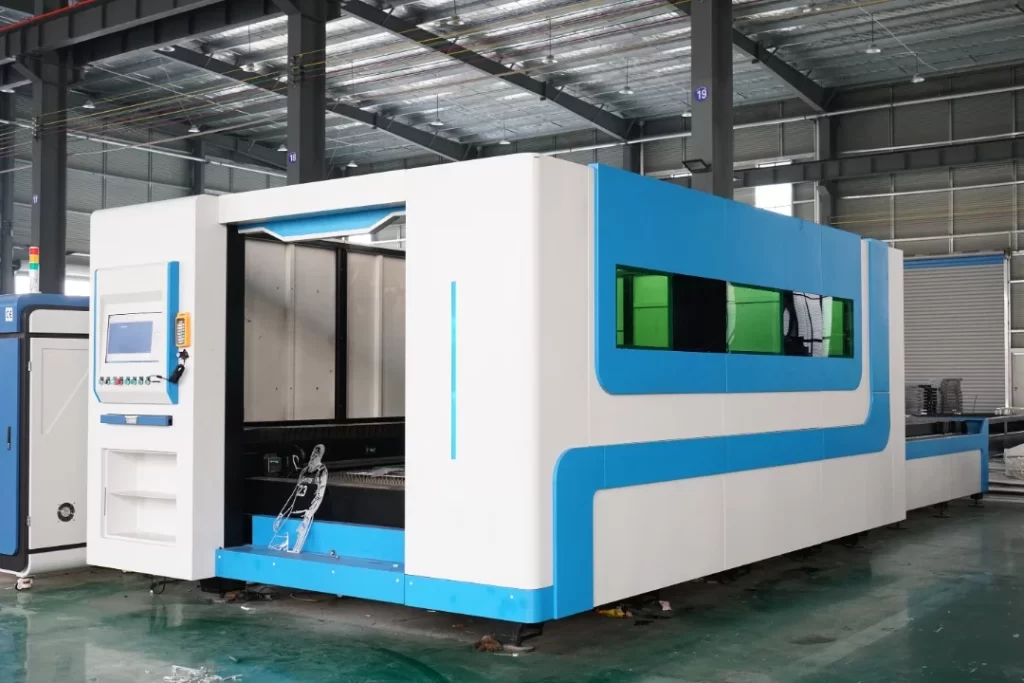The manufacturing landscape has been transformed by advanced laser technology, particularly by the emergence of fiber lasers. These lasers are celebrated for their efficiency, precision, and versatility, making them a cornerstone of modern manufacturing processes. In this article, we'll delve into the workings of fiber laser cutting machines, highlighting their key features and the reasons behind their widespread adoption in the industrial sector.

What are Fiber Lasers?
Fiber lasers belong to the category of solid-state lasers utilizing the principle of amplification by stimulated emission of radiation (ASE). They are composed of optical fibers doped with rare-earth elements like ytterbium, erbium, or neodymium. These fibers facilitate the generation of high-quality laser beams with minimal divergence and exceptional beam quality.
How Do Fiber Laser Cutting Machines Work?
Fiber laser cutting machines operate through a series of precise steps:
1. Generation of Laser Beam: Energy is pumped into the doped fiber, exciting the rare-earth ions and generating a laser beam within the fiber laser's cavity.
2. Beam Delivery: The laser beam is guided through the optical fiber, acting as a waveguide to maintain coherence and focus.
3. Focusing the Beam: Using lenses and mirrors, the laser beam is directed and focused onto the workpiece. This precise focusing is essential for achieving fine cuts.
4. Cutting Process: The focused laser beam interacts with the material, causing it to melt, burn, or vaporize depending on the beam's power and material properties. A gas assist, like oxygen or nitrogen, helps blow away molten material, enhancing the cutting process.
5. Computer-Controlled Movement: The cutting head, controlled by a computer, moves in multiple axes, enabling intricate designs and patterns to be cut into various materials.

Key Features of Fiber Laser Cutting Machines
Fiber laser cutting machines boast several key features:
- High Precision: They offer tight focus and minimal beam divergence, enabling exceptionally precise cuts often without the need for additional finishing processes.
- Speed: Fiber lasers operate swiftly, making them ideal for high-volume production settings.
- Versatility: They can cut a broad range of materials, including metals, plastics, and textiles.
- Low Maintenance: Sealed designs make fiber lasers less susceptible to damage from dust and debris, reducing maintenance requirements.
- Energy Efficiency: Fiber lasers are more energy-efficient compared to other laser types, translating to significant cost savings over time.
Applications of Fiber Laser Cutting Machines
Fiber laser cutting machines find applications across various industries:
- Automotive: Used for cutting components like exhaust systems and body panels.
- Aerospace: Employed to cut high-strength materials used in aircraft construction.
- Medical: Ideal for precise cutting of medical devices and components.
- Electronics: Used to cut intricate patterns in printed circuit boards (PCBs).
- Packaging: Used for cutting complex designs in packaging materials.
FAQ
Q: What are the advantages of fiber laser cutting machines over other types of lasers?
A: Fiber laser cutting machines offer superior precision, high speed, versatility in cutting various materials, lower maintenance requirements due to their sealed design, and improved energy efficiency, resulting in significant cost savings.
Q: What materials can fiber laser cutting machines cut?
A: Fiber laser cutting machines can cut a wide range of materials, including metals (steel, aluminum, copper), plastics, composites, ceramics, and even some reflective materials like brass and titanium.
Q: How complex can the designs be with fiber laser cutting machines?
A: Fiber laser cutting machines are capable of cutting intricate and detailed designs with high precision, making them suitable for a wide range of applications from simple shapes to highly complex patterns in materials used across industries.
Fiber laser cutting machines epitomize modern manufacturing technology, delivering high-quality, precise cuts across diverse materials. As technology advances, fiber lasers are poised to enhance manufacturing efficiency and quality further, solidifying their role as indispensable tools in industrial settings worldwide.


